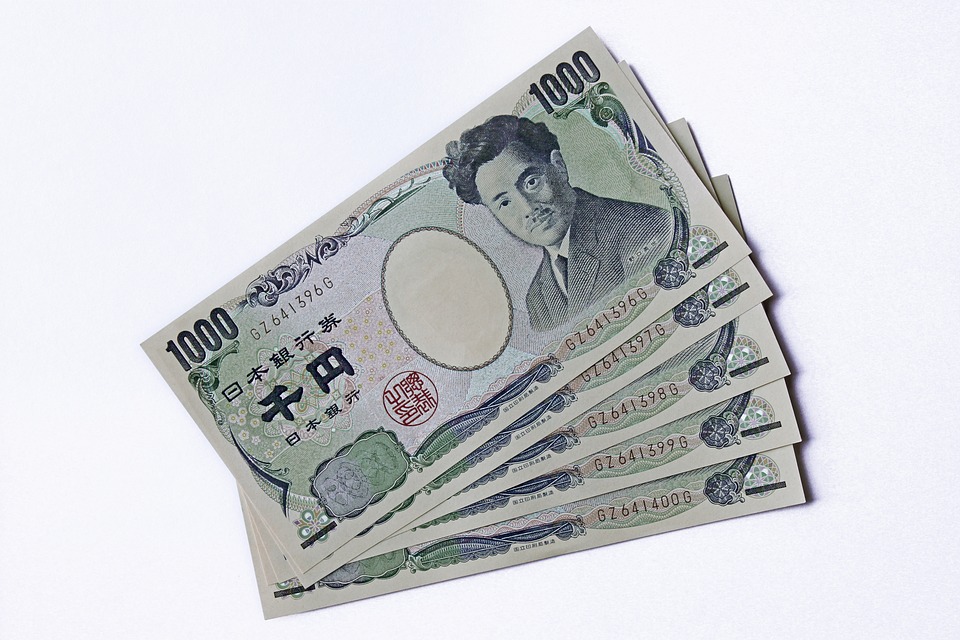In the last hour, the USD/JPY dropped by more than 60 pips to below 114.00, as a renewed risk-aversion wave seized markets in response to a recovery in the Eurozone’s unemployment rate. As a result of the revival of the coronavirus in the European Union, Austria and Germany have declared a country-wide lockdown starting on Monday, and Germany has declared a national emergency. This has provoked a flight to security in Japanese Yen, which has pushed the yen higher against the dollar.
However, because of the generally high US currency, which also receives safe-haven inflows, the downside is still cushioned to some extent. Moving forward, the COVID developments and Fedspeak will be closely watched for any indications of renewed trading vigor on the major exchanges.
Examining the USD/JPY four-hour chart, it can be seen that the price has been subjected to significant selling pressure as it saw strong bids once again just above the rising 21-Simple Moving Average (SMA), which is currently at 114.38. The most recent sell-off has wiped away the bullish 50-day simple moving average support at 114.00, and bears are now challenging the important horizontal 100-day simple moving average at 113.87. When a four-hourly candlestick closes below the latter, it will reveal the support of the upward-sloping 200-SMA at 113.64, which will be exposed.

USD/JPY CHART Source: Tradingview.com
The Relative Strength Index (RSI) has broken through the midline and is presently trending south, indicating that there is more opportunity for further falls. Any rebound will put the 50-SMA support-turned-resistance in question, and if it is broken, the 21-SMA barrier will be brought back into play. A possible retest of the daily highs at 114.54 might be in the offing if bulls are able to recapture the 21-day simple moving average (SMA).
Japan’s Cabinet Adopts A $55.7 Trillion Fiscal Stimulus Package
The Japanese Cabinet adopted a fresh fiscal stimulus plan totaling 55.7 trillion yen on Friday. The proposal will set aside 5 trillion yen in emergency funds next fiscal year to battle COVID-19. Given the threat of growing energy bills to the economy, the proposed bill will drive oil-producing nations to expand output.
The stimulus hopes the BoJ has tight ties with the government and will monitor the pandemic’s influence on the economy and price fluctuations. It will temporarily reduce the wholesale cost of fuel to avoid a retail price increase. The proposed package expects a return of the domestic travel discount promotion. Japan’s stimulus expenditure will likely raise GDP by 5.6 percent, or 30 trillion yen, with most of the benefit coming in fiscal 2021–2022.
The information provided on this website should not be interpreted as financial or investment guidance and may not embody the perspectives of Forex Tools Trader or its contributors. Forex Tools Trader does not hold responsibility for any financial setbacks experienced due to the use of information provided on this website by its writers or patrons. It's essential to thoroughly investigate and make informed decisions before entering any financial commitments, particularly concerning third-party reviews, presales, and similar ventures. The content you are viewing may be sponsored content, read our full disclaimer to learn more.



